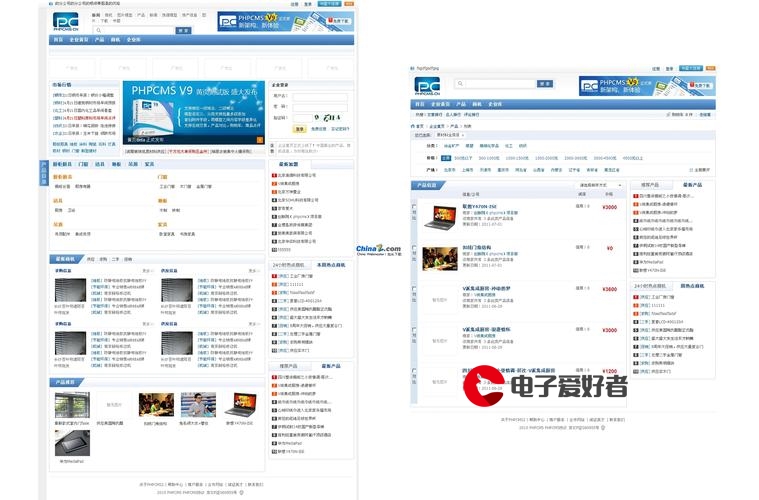 作业"/>
作业"/>
驱动 10月23日 作业
通过字符设备驱动的分步实现编写LED驱动,另外实现设备文件和设备的绑定
test.c
#include <stdio.h>
#include <sys/types.h>
#include <sys/stat.h>
#include <fcntl.h>
#include <unistd.h>
#include <string.h>
#include <stdlib.h>
#include <sys/ioctl.h>
#include "head.h"int main(int argc, char const *argv[])
{char buf[128];int a;char b[10];//char str[100] = "/dev/mycdev0";// printf("0(led1) 1(led2) 2(led3)\n");while (1){strcpy(buf, "/dev/mychrdev");printf("0(led1) 1(led2) 2(led3)\n");scanf("%s", b);strcat(buf, b);//printf("%s\n", str);int fd = open(buf, O_RDWR);printf("%d\n", fd);if (fd < 0){printf("打开设备文件失败\n");exit(-1);}printf("打开设备文件成功\n");//从终端读取printf("请输入要实现的功能\n");printf("0(关灯)1(开灯)\n");printf("请输入> ");scanf("%d", &a);switch (a){case 1:ioctl(fd, LED_ON);break;case 0:ioctl(fd, LED_OFF);break;}//write(fd, buf, sizeof(buf));//将数据传递给内核// memset(buf, 0, sizeof(buf));//清空数组// read(fd, buf, sizeof(buf));//将内核空间数据传递到用户// printf("buf:%s\n", buf);close(fd);bzero(buf, sizeof(buf));}return 0;
}mycdev.c
#include <linux/init.h>
#include <linux/module.h>
#include <linux/fs.h>
#include <linux/uaccess.h>
#include <linux/io.h>
#include <linux/device.h>
#include <linux/cdev.h>
#include <linux/slab.h>
#include "head.h"struct cdev *cdev;
unsigned int major = 0;
unsigned int minor = 0;
struct class *cls;
dev_t devno;
struct device *dev;// 定义三个灯指针指向映射后的虚拟内存
gpio_t *vir_led1;
gpio_t *vir_led2;
gpio_t *vir_led3;
unsigned int *vir_rcc;// 封装操作方法
int mycdev_open(struct inode *inode, struct file *file)
{int min = MINOR(inode->i_rdev); //获取打开的文件的次设备号file->private_data = (void *)min;printk("%s:%s:%d\n", __FILE__, __func__, __LINE__);return 0;
}long mycdev_ioctl(struct file *file, unsigned int cmd, unsigned long arg)
{int min = (int)file->private_data; //获取到文件的次设备号switch (min){case 0: //操作LED1switch (cmd){case LED_ON: //开灯vir_led1->ODR |= (0x1 << 10);break;case LED_OFF: //关灯vir_led1->ODR &= (~(0x1 << 10));break;}break;case 1: //操作LED2switch (cmd){case LED_ON: //开灯vir_led2->ODR |= (0x1 << 10);break;case LED_OFF: //关灯vir_led2->ODR &= (~(0x1 << 10));break;}break;case 2: //操作LED3switch (cmd){case LED_ON: //开灯vir_led3->ODR |= (0x1 << 8);break;case LED_OFF: //关灯vir_led3->ODR &= (~(0x1 << 8));break;}break;}return 0;
}int mycdev_close(struct inode *inode, struct file *file)
{printk("%s:%s:%d\n", __FILE__, __func__, __LINE__);return 0;
}// 定义操作方法结构体对象
struct file_operations fops = {.open = mycdev_open,.read = mycdev_read,.write = mycdev_write,.unlocked_ioctl = mycdev_ioctl,.release = mycdev_close,
};int all_led_init(void)
{// 进行寄存器的地址映射vir_led1 = ioremap(PHY_LED1_ADDR, sizeof(gpio_t));if (vir_led1 == NULL){printk("物理内存地址映射失败 %d\n", __LINE__);return -ENOMEM;}vir_led2 = ioremap(PHY_LED2_ADDR, sizeof(gpio_t));if (vir_led1 == NULL){printk("物理内存地址映射失败 %d\n", __LINE__);return -ENOMEM;}vir_led3 = ioremap(PHY_LED3_ADDR, sizeof(gpio_t));if (vir_led1 == NULL){printk("物理内存地址映射失败 %d\n", __LINE__);return -ENOMEM;}vir_rcc = ioremap(PHY_RCC_ADDR, 4);if (vir_rcc == NULL){printk("物理内存地址映射失败 %d\n", __LINE__);return -ENOMEM;}printk("物理地址映射成功\n");(*vir_rcc) |= (0x3 << 4); // GPIOE、F控制器时钟使能// LED1寄存器初始化vir_led1->MODER &= (~(0x3 << 20)); // MODER[21:20] -> 20vir_led1->MODER |= (0x1 << 20); // MODER[21:20] -> 01vir_led1->ODR &= (~(0x1 << 10)); // 默认关灯// LED2寄存器初始化vir_led2->MODER &= (~(0x3 << 20)); // MODER[21:20] -> 20vir_led2->MODER |= (0x1 << 20); // MODER[21:20] -> 01vir_led2->ODR &= (~(0x1 << 10)); // 默认关灯// LED3寄存器初始化vir_led3->MODER &= (~(0x3 << 16)); // MODER[21:20] -> 20vir_led3->MODER |= (0x1 << 16); // MODER[21:20] -> 01vir_led3->ODR &= (~(0x1 << 8)); // 默认关灯printk("寄存器初始化成功\n");return 0;
}// 入口函数,安装内核模块时执行
static int __init mycdev_init(void)
{int ret, i;//1.申请一个对象空间cdev_alloccdev = cdev_alloc();if (cdev == NULL){printk("申请字符设备驱动对象失败 %d \n", __LINE__);ret = -EFAULT; goto out1;}printk("字符设备驱动对象申请成功\n");//2.初始化对象cdev_initcdev_init(cdev, &fops);//3.申请设备号 register_chrdev_region()/alloc_chrdev_region()if (major == 0) //动态申请{ret = alloc_chrdev_region(&devno, minor, 3, "mychrdev");if (ret){printk("动态申请设备号失败 %d\n", __LINE__);goto out2;}major = MAJOR(devno); //根据设备号获取主设备号minor = MINOR(devno); //根据设备号获取次设备号}else{ret = register_chrdev_region(MKDEV(major, minor), 3, "mychrdev");if (ret){printk("静态指定设备号失败\n");goto out2;}}printk("设备号申请成功\n");//4.注册驱动对象 cdev_addret = cdev_add(cdev, MKDEV(major, minor), 3);if (ret != 0){printk("注册字符设备驱动对象失败 %d\n", __LINE__);goto out3;}printk("注册字符设备驱动对象成功\n");//5.向上提交目录 class_createcls = class_create(THIS_MODULE, "mychrdev");if (IS_ERR(cls)){printk("向上提交目录失败 %d\n", __LINE__);goto out4;}printk("向上提交目录成功\n");//6.向上提交设备节点信息 device_createfor (i = 0; i < 3; i++){dev = device_create(cls, NULL, MKDEV(major, i), NULL, "mychrdev%d", i);if (IS_ERR(dev)){printk("向上提交设备节点失败 %d\n", __LINE__);goto out5;}}printk("向上提交设备节点成功\n");all_led_init();return 0;out5://将提交成功的节点信息释放for(--i; i >= 0; i--){device_destroy(cls, MKDEV(major, i));}//销毁目录class_destroy(cls);out4:cdev_del(cdev);out3:unregister_chrdev_region(MKDEV(major, minor), 3);out2:kfree(cdev);out1:return ret;
}// 出口函数,卸载内核模块时执行
static void __exit mycdev_exit(void)
{//取消地址映射iounmap(vir_led1);iounmap(vir_led2);iounmap(vir_rcc);//1.销毁设备节点信息int i;for (i = 0; i < 3; i++){device_destroy(cls, MKDEV(major, i));}//2.销毁目录class_destroy(cls);//3.注销字符设备驱动对象cdev_del(cdev);//4.释放设备号unregister_chrdev_region(MKDEV(major, minor), 3);//5.释放申请到的字符设备驱动对象空间kfree(cdev);
}// 用于声明入口函数
module_init(mycdev_init);// 用于声明出口函数
module_exit(mycdev_exit);// 声明当前内核模块遵循GPL协议
MODULE_LICENSE("GPL");更多推荐
驱动 10月23日 作业












发布评论